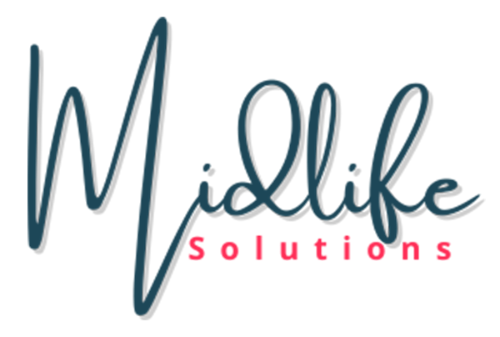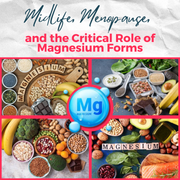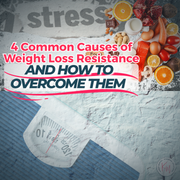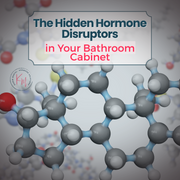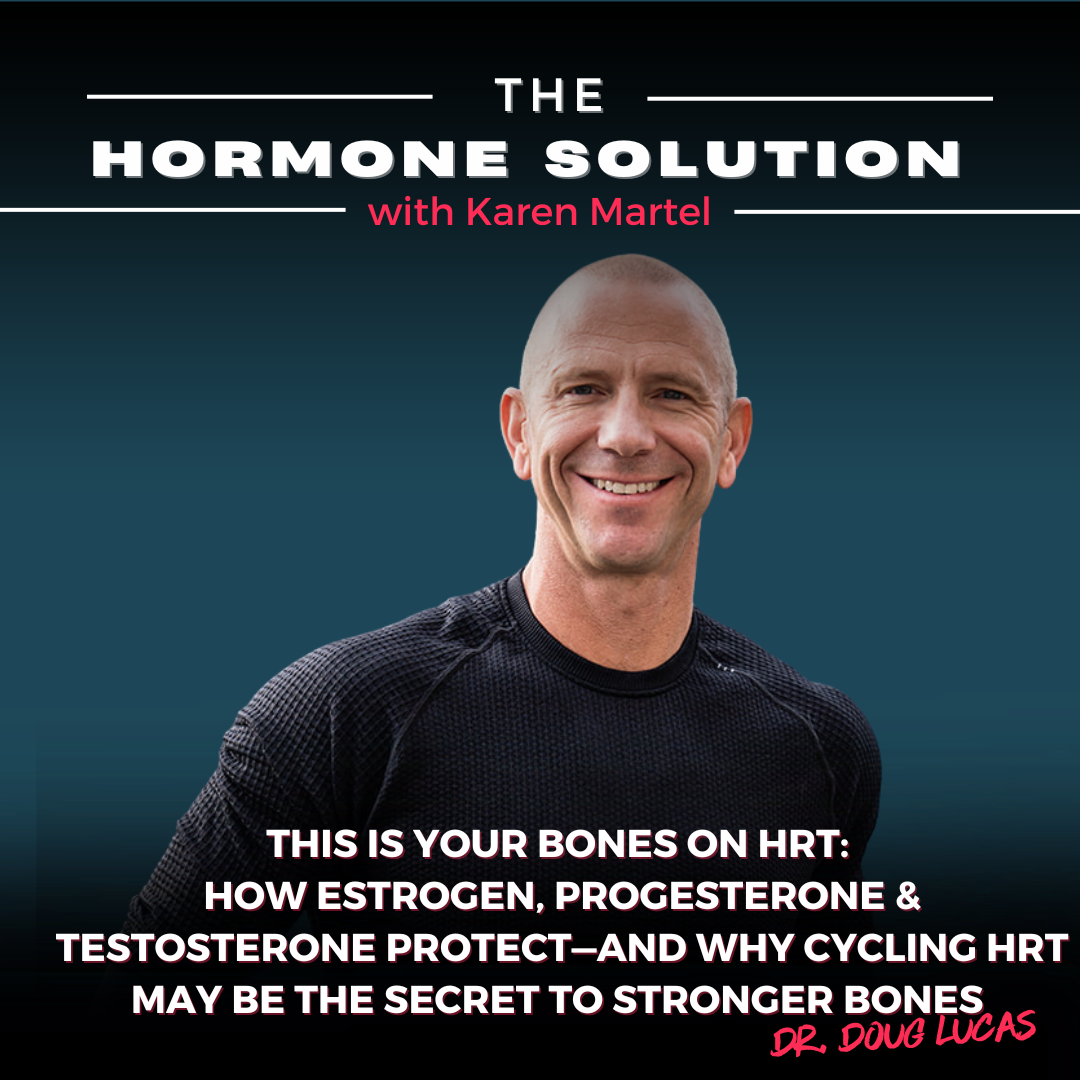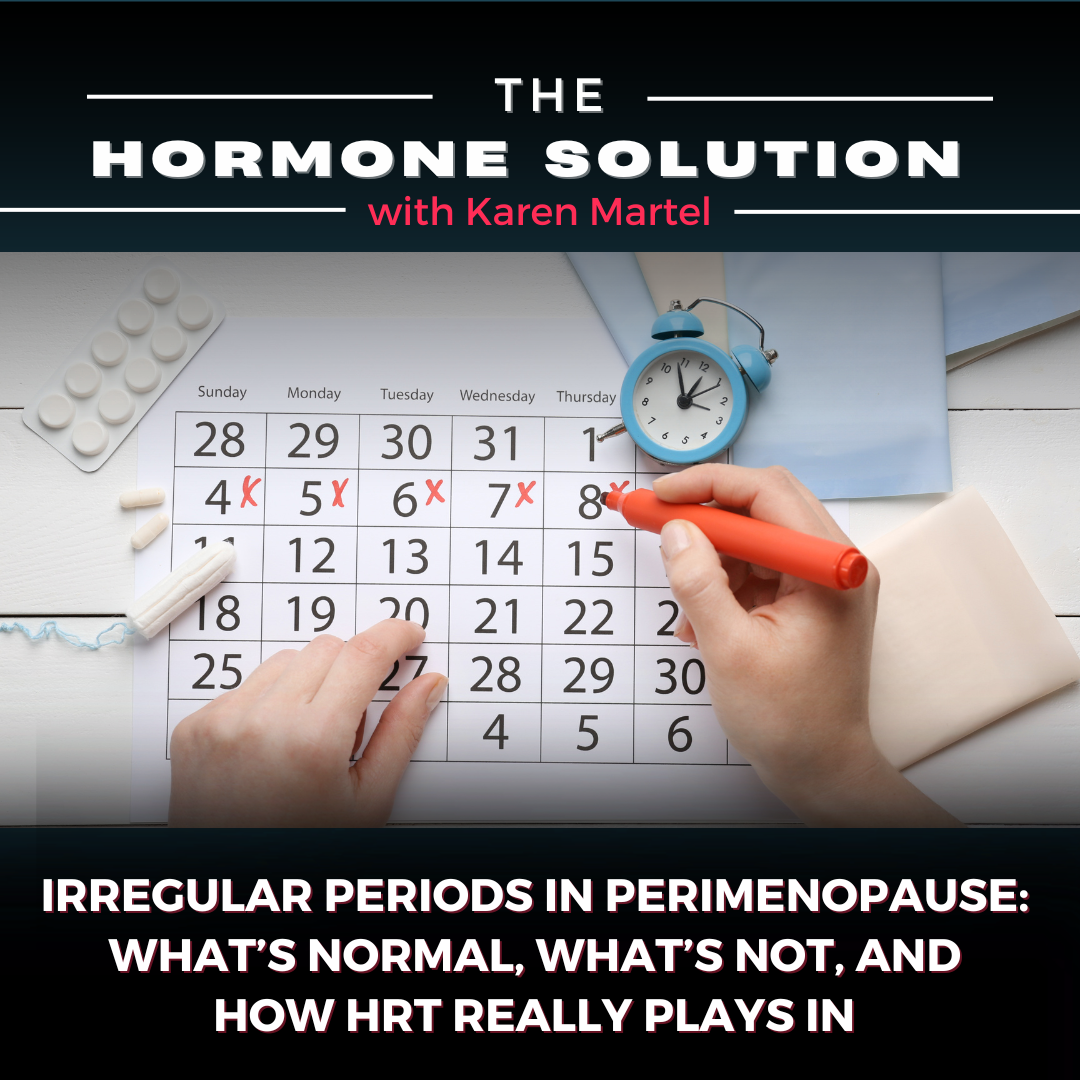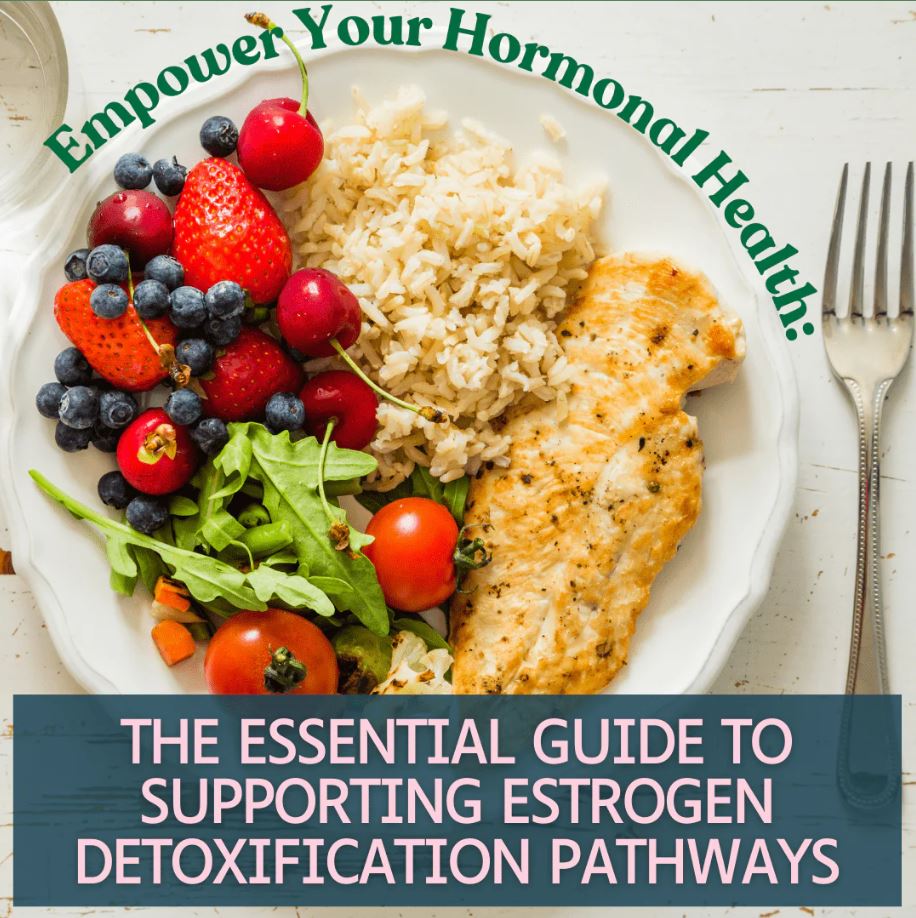
Empower Your Hormonal Health: The Essential Guide to Supporting Estrogen Detoxification Pathways
In today's world, supporting your body's detoxification pathways, especially when it comes to estrogen, is more crucial than ever. Many women struggle with hormonal imbalances, not realizing that a key factor could be how their body processes and eliminates estrogen. If you've ever done a dried urine metabolite test, you know it can be confusing to interpret and understand. In this article, we're going to break it down and simplify the process of estrogen detoxification, making it easy to grasp and apply to your daily routine. By understanding and supporting these pathways, you can take charge of your hormonal health and feel your best. Our bodies are constantly producing and excreting hormones to keep everything running smoothly. Once a hormone has done its job, it gets broken down and eliminated through the gut or kidneys. Estrogen goes through this same process, known as estrogen detoxification or estrogen metabolism.
In our bodies, we produce three different types of estrogen: estrone (E1), estradiol (E2), and estriol (E3). Estrone is the primary estrogen produced after menopause, estradiol is the most potent and prevalent form during the reproductive years, and estriol is the weakest and primarily produced during pregnancy. Each type plays a unique role in our health and well-being, influencing everything from reproductive function to bone density. Understanding these differences is key to appreciating how our bodies manage and detoxify estrogen.
Think of estrogen detoxification like a three-step cleaning process for your body.
In Phase 1 of estrogen detoxification, a process called hydroxylation takes place. Think of this as the liver tagging used estrogen molecules so they can be sorted correctly. During hydroxylation, the liver adds hydroxyl groups to estrogen, creating three different metabolites: 2-OH-E1, 4-OH-E1, and 16-OH-E1.
2-OH-E1 (2-Hydroxyestrone) is often considered the "good" metabolite because it has weaker estrogenic effects and is less likely to cause issues in the body.
4-OH-E1 (4-Hydroxyestrone) is a bit more tricky. 4-OH-E1 has the highest ability to damage DNA and contribute to the development of breast cancer.
16-OH-E1 (16-Hydroxyestrone) has stronger estrogenic effects, which can be beneficial in some situations and can help to maintain bone mineral density. However, it can also influence the development of breast cancer and may also contribute to estrogen-dominant conditions if not balanced properly.
Understanding these metabolites helps us see why it's essential to support Phase 1 detoxification, ensuring estrogen is broken down in a way that favors beneficial pathways and minimizes potential harm.
In Phase 2 of estrogen detoxification, the process called methylation takes place. Think of methylation as adding a protective cover to the sorted estrogen metabolites from Phase 1, much like adding a special detergent and fabric softener to your laundry during the wash cycle. This phase primarily occurs in the liver and involves attaching methyl groups to the metabolites, making them less reactive and easier for the body to eliminate.
During methylation, enzymes called methyltransferases add these protective methyl groups to the estrogen metabolites, particularly the 2-OH-E1 and 4-OH-E1 forms. This step is crucial because it neutralizes any potentially harmful effects of these metabolites, ensuring they don't cause damage to cells or tissues. Just as detergent and fabric softener help neutralize dirt and soften your clothes, methylation helps the body prepare estrogen metabolites for safe and effective elimination.
By methylating the metabolites, the body prepares them for safe removal through the urine or bile, which then gets excreted through the gut. Supporting Phase 2 detoxification ensures that estrogen metabolites are fully processed and ready to be safely removed from the body, maintaining hormonal balance and overall health.
In Phase 3 of estrogen detoxification, it's time for the final rinse and drying cycle in our laundry analogy. Once estrogen metabolites are fully prepared and covered in Phase 2, they need to be effectively eliminated from the body to ensure hormonal balance.
The processed estrogen metabolites travel to the kidneys for urination or leave the liver via bile, making their way into the colon to be excreted through stool. This is like taking the freshly washed laundry and ensuring it’s completely rinsed and dried before putting it away.
However, there's a twist. A collection of gut bacteria, known as the estrobolome, can interfere with this process. These bacteria produce an enzyme called beta (β)-glucuronidase, which can act like a mischievous laundry sorter, sending some of the "clean" estrogen metabolites back into circulation instead of letting them be excreted. This enzyme essentially takes the estrogen ready for disposal and recycles it back into the system, leading to higher levels of estrogen in the body and potentially causing estrogen dominance, a hormonal imbalance.
Supporting gut health and ensuring proper function of the estrobolome is crucial for Phase 3. This ensures that estrogen is fully and effectively removed from the body, much like making sure the laundry is thoroughly dried and put away, leaving no dirty clothes behind.
To support estrogen detoxification effectively, consider incorporating these supplements and foods into your routine:
Phase 1: Hydroxylation
1. Milk Thistle: This supplement helps boost liver function and promotes the activity of enzymes involved in Phase 1 detoxification. It’s like giving your liver a helping hand in sorting out estrogen.
2. N-Acetyl Cysteine (NAC): NAC supports liver health and enhances the liver’s ability to break down and process toxins, including estrogen metabolites. Think of it as a boost to your liver’s sorting machine.
3. Turmeric: Curcumin, the active compound in turmeric, has anti-inflammatory properties that support liver function and Phase 1 detoxification. It’s like adding a powerful cleaning agent to the wash cycle.
4. DIM (Diindolylmethane): Found in cruciferous vegetables, DIM supports the conversion of estrogen into less harmful forms. It’s like a specialized detergent for your detox process.
Foods: Cruciferous vegetables like broccoli, Brussels sprouts, and cauliflower contain compounds that support Phase 1 detoxification and improve liver function.
Phase 2: Methylation
1. B Vitamins: Especially B6, B12, and folate, these vitamins play crucial roles in the methylation process. They help add those protective methyl groups to estrogen metabolites, much like adding a fabric softener to your laundry.
2. Methylated Folate: This form of folate is easier for the body to use and supports efficient methylation. It’s similar to choosing a high-quality fabric softener for optimal results.
Foods: Foods rich in B vitamins, such as leafy greens, beans, and whole grains, support the methylation process. Cruciferous vegetables like kale and Brussels sprouts also aid in this phase.
Phase 3: Elimination
1. Probiotics: This beneficial bacteria supports gut health and helps maintain a balanced estrobolome. They ensure that estrogen metabolites are properly excreted and not recycled back into the system. They’re like ensuring your laundry is thoroughly dried before putting it away.
2. Fiber Supplements: Fiber helps bind estrogen metabolites and facilitates their elimination through the stool. It’s like ensuring that no residues are left behind in the laundry process.
3. Calcium-D-Glucarate: This supplement helps inhibit the enzyme beta-glucuronidase, reducing the recycling of estrogen back into circulation. It’s like a special treatment to prevent any mishaps during the final rinse.
Foods: High-fiber foods such as flaxseeds, chia seeds, and whole grains support the elimination phase by aiding in the removal of estrogen metabolites through the stool. Yogurt and fermented foods also support gut health and help manage the estrobolome.
Incorporating these supplements and foods can help ensure that each phase of estrogen detoxification runs smoothly, supporting overall hormonal balance and health.
To wrap it up, understanding and supporting estrogen detoxification is essential for maintaining hormonal balance and overall well-being. By incorporating the right supplements and foods into your daily routine, you can ensure that each phase of detoxification operates efficiently, reducing the risk of estrogen dominance and its associated health issues. Taking charge of your estrogen detox pathways empowers you to optimize your hormonal health, leading to a happier, healthier you.

Find Karen Martel on Apply Podcast
Karen Martel is a Certified Hormone Specialist and Transformational Nutrition Coach dedicated to empowering women through their health journeys.
As the host of the popular podcast The Hormone Solution, Karen tackles the complexities of hormonal health, weight loss resistance, and the challenges that come with perimenopause and menopause.
Her mission is to disrupt outdated narratives surrounding women's health, providing reliable information and practical solutions that help women reclaim their vitality.
Tune in to discover how to embrace life's stages while enhancing overall well-being.
